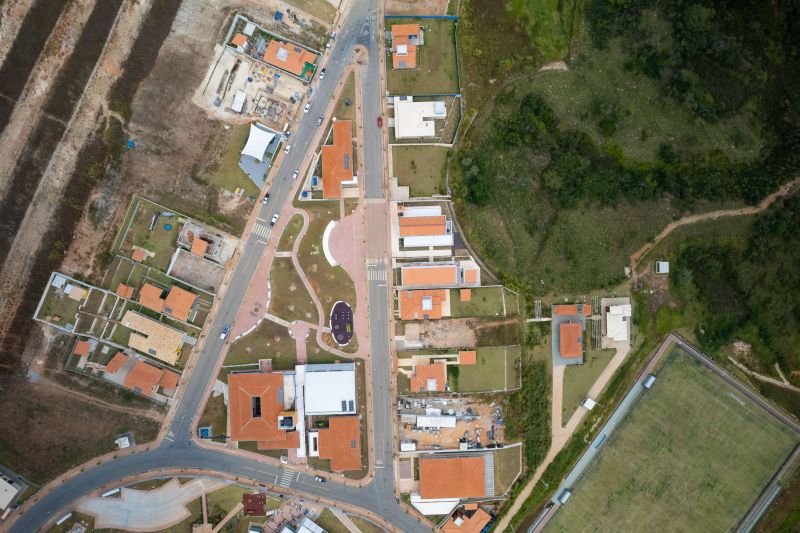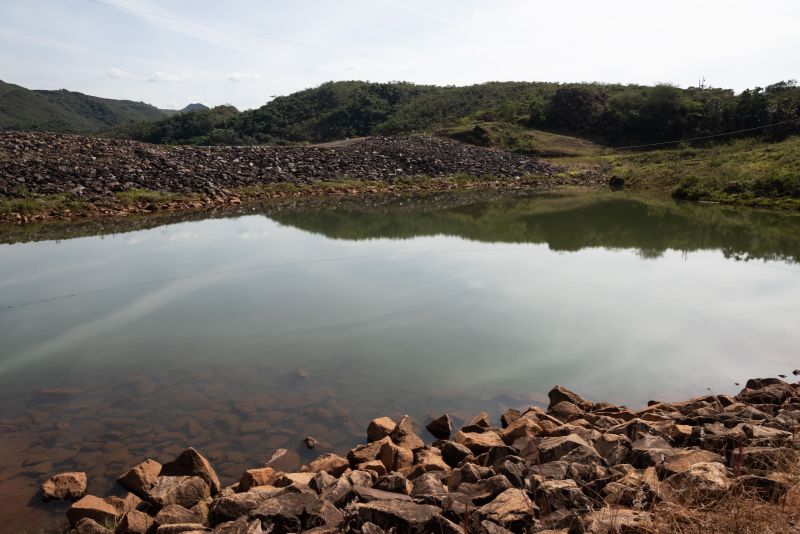In an era where entertainment and education intertwine more than ever before, video games have emerged as powerful tools for shaping our understanding of real-life disasters. From the harrowing landscapes of survival horror to the strategic challenges of resource management in simulation games, these digital experiences invite players to grapple with the complexities of catastrophe.
But what happens when the boundaries between play and reality blur? As gamers navigate through virtual environments that mirror catastrophic events—be it natural disasters like earthquakes and floods or human-made crises—questions arise: Can gameplay deepen our empathy for those affected? Do these experiences cultivate awareness and preparedness, or do they risk trivializing the genuine suffering involved? By immersing players in the visceral impact of emergencies, video games are not just entertainment; they serve as compelling narratives that provoke reflection, engagement, and ultimately, a deeper understanding of the chaos that can unfold in real life.
The Role of Immersion in Understanding Disasters

Immersion in video games offers a unique lens through which players can experience and comprehend the complexities of real-life disasters in a way that traditional media often cannot. Unlike passive forms of storytelling, these interactive platforms thrust participants into the heart of catastrophic scenarios—whether navigating through the ruins of a city devastated by an earthquake or making critical decisions during a simulated viral outbreak. Players don’t just observe; they engage with the unfolding narrative, weighing options and facing the consequences of their choices in real-time.
This active involvement fosters empathy, urging players to grasp not only the scale of the disaster but also the human experiences intertwined with it. By offering a visceral connection to tragic events, video games transform abstract statistics into poignant realities, encouraging a deeper understanding and dialogue about resilience, recovery, and the multifaceted nature of crises in our world.
Educational Video Games: Learning Through Simulation

Educational video games are revolutionizing the way we understand real-life disasters by immersing players in dynamic simulations that mimic the chaos and complexity of such events. Imagine navigating through a virtual city as a devastating earthquake strikes; the ground shakes, buildings crumble, and emergency responses are tested in real time.
Such games don’t simply present facts—they challenge players to make decisions, adapt strategies, and comprehend the myriad factors that influence disaster response. From resource allocation during a flood to search-and-rescue missions in the aftermath of a hurricane, these interactive experiences engage the mind and foster critical thinking skills. The emotional weight of witnessing disasters unfold in a game setting can deepen empathy and awareness, transforming abstract concepts into tangible lessons.
As players confront the unpredictable nature of disasters, they gain insights that transcend the screen, equipping them with a better understanding of real-world challenges and resilience.
Case Studies: Notable Video Games That Address Disasters

In the realm of video games, a few standout titles have ventured into the harrowing landscape of disasters, each weaving a unique narrative that merges entertainment with poignant commentary. This War of Mine, for example, thrusts players into the grim reality of civilian life during wartime, where every decision carries ethical weight, forcing players to confront the harsh choices faced by those in crisis.
On the other hand, Firesideili ce, a lesser-known indie gem, invites players to experience the devastating effects of wildfires through the eyes of both disaster responders and affected families, highlighting resilience and community. Then there’s Life is Strange, which masterfully employs time travel to explore personal trauma against the backdrop of a looming natural disaster, demonstrating how individual lives are intricately interwoven with the broader climate crisis.
Each of these games not only captivates players but also compels them to grapple with complex themes of survival, morality, and the human spirit’s tenacity in the face of overwhelming adversity.
Conclusion
In conclusion, video games have emerged as a powerful medium for exploring and understanding real-life disasters, bridging the gap between virtual experiences and genuine human empathy. By immersing players in scenarios that reflect the complexities and emotional weight of devastation, these games invite critical reflection on real events, such as the Bento Rodrigues casas disaster, highlighting the importance of accountability and the human stories behind such tragedies. As the gaming industry continues to evolve, its potential to inform and educate about disaster preparedness, response, and recovery becomes increasingly significant.
Ultimately, video games can serve not only as a form of entertainment but also as tools for fostering awareness and shaping societal perspectives on resilience in the face of calamity.


